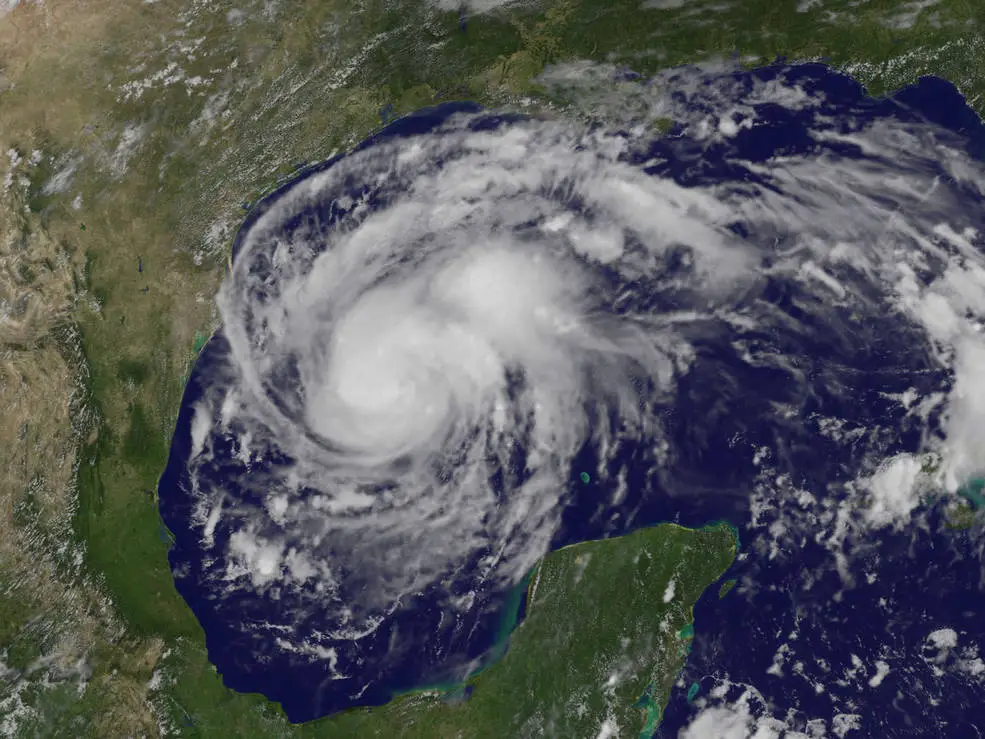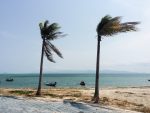As of this writing, it has probably been about a week or two since Hurricane Irma made landfall in Florida on September 10. According to Reuters, the storm, which was one of the most powerful to hit the mainland United States, killed at least eighty-four people across the Caribbean region, is responsible for somewhere in the range of sixty-two billion dollars in damages and left millions without power for several days.
Most people probably figure they can make a pretty good guess at what riding out a hurricane is like. Everyone knows there’s lots of wind and rain, and flooding is a serious concern along shorelines and other low-lying areas. Things such as property damage, loss of power and, unfortunately, more often than not, a death toll come with any natural disaster. However, there are a few unexpected quirks that come with hurricanes, ones that might come as a surprise to people not living in tropical climates in general and Florida in particular.
5. People’s Reactions Couldn’t Be More Different
Someone might think a massive knot of clouds and a hundred and fifty mile-per-hour winds would warrant more or less the same reaction in everyone. From some of the later entries in this list, it might seem like that reaction could be described as “not enough of one.” Being unimpressed with the storm was a surprisingly common reaction, but so was freaking out entirely. There isn’t much more to say, other than it is strange to be talking to a crying relative one minute, and for a friend to act as if he’s briefly forgotten a hurricane was on the way the next.
4. Evacuating Is a Crap Shoot
While it’s generally a good idea to get out of areas where the elevation is lower than the height of the storm surge, it isn’t always clear when an evacuation is warranted. Here is an animation comparing the actual and predicted paths for Irma, Harvey and Jose. While the actual path brought the storm up the gulf coast and inland to southwestern Georgia, the predicted paths start off heading in the general direction of Tampa Bay, then shift to the West coast, only to turn back East again.
As a resident of Tampa, I was either in the worst or best possible place depending on the day. I actually did end up evacuating, splitting the difference by heading inland, but everyone who decided to head West quickly found themselves having to turn around in a hurry.
3. Hurricane Parties
Hurricane parties aren’t something that gets talked about much outside of the state, but are actually common and are basically what they sound like: a bunch of people board up their windows and have a party during the hurricane. While it might seem weird at first, it sort of makes sense. Evacuation is only necessary for people living in areas that are at risk of flooding and anyone directly in the path of the eye-wall.
If it’s a weaker storm, that might not even be necessary. Since going anywhere during the storm isn’t really an option, it’s actually quite common for people to just board up their windows, sandbag the door, crank up the music (while they have power) and crack open a few cold ones until the storm passes.
2. People Can Be More Dangerous Than the Storm
According to Time, of the twelve confirmed deaths in Florida as of September 12, six were killed in a car accident during the storm, four from accidents during storm preparation and one man who was poisoned by the fumes from his own generator. Not counting the two cops who had reasons to be driving around Miami in gale-force winds, that means that slightly more than half of the people basically killed themselves.
The decision to drive in a hurricane ties into the first point. Being killed by a generator, on the other hand, is something that people are warned about every year, yet it happens every year.
1. The Calm Before the Storm Is Real and Can Get People Killed
Everyone has probably heard the saying “the calm before the storm” at some point. It’s a metaphor so simple that it doesn’t even need explaining. However, when describing hurricanes, it is used very literally. As someone who was in Florida during Irma, I can attest that the two days leading up to the hurricane making landfall were some of the most beautiful I’ve ever seen. The sun was shining and instead of an ominous gray, the clouds were white and puffy. The air was also quite cool for what is still basically summer in Florida, due in large part to the winds from the storm that was, at the time, still quite distant.
The change, however, is quite sudden. In a matter of hours, the sun can disappear entirely and the relaxing breeze can be replaced by gale-force winds and rainfall so heavy that it’s impossible to see more than a few feet ahead. The rapidness of the shift is a big deal, as it can be hard to grasp how potentially dangerous the storm can get when the weather seems perfect. Some of the news coverage leading up to the storm fixated on people who were hanging out on the beach the day before the storm, but that is more symbolic of the issue than the issue itself. In the Florida Keys, multiple people were killed and several dozens injured because they decided to remain in the area despite the fact that Monroe County, which includes the Keys as well as the southern tip of the mainland, was under a mandatory evacuation order.
Considering the last storm of similar magnitude to hit Florida was Andrew in 1992, the last two decades of experience wouldn’t provide much of an inoculation from overconfidence.
None of what was discussed here is meant to minimize the impact of Irma, Harvey or any other storm for that matter. This article is based entirely on observations about how Floridians deal with hurricanes. The state averages 2.9 tropical cyclones per year, making what is a rare crisis for most of the U.S. is a regular occurrence in the peninsula. Given the circumstances, it’s hardly surprising that locals might have unusual reactions to inclement weather.











